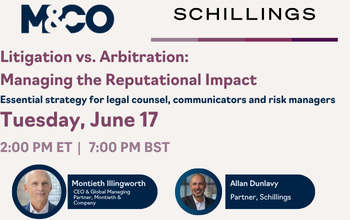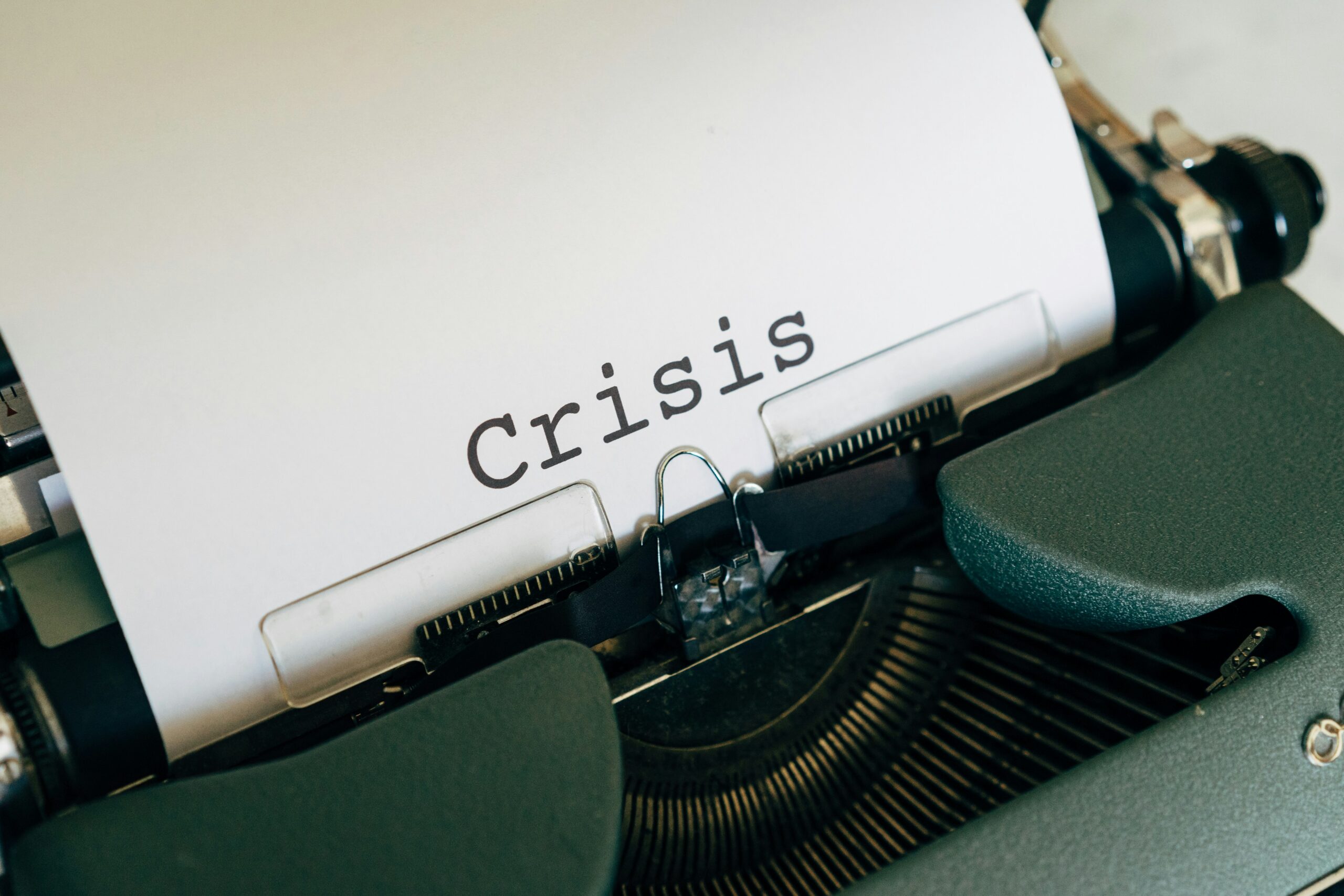Blogs
How to Create a Strong PR Strategy and Plan

A successful PR program should not be measured by the number of media results alone; it should also be measured by a company’s ability to connect their communication efforts to the organization’s larger business objectives. Beyond sending out story ideas to journalists, crafting a robust PR strategy requires a careful and intricate plan that aligns with the business plan. This PR strategy can help you connect with your audience through media mentions that boost your share of voice.
Here are ways to check if you have a strong PR strategy and plan:
1. Communications Objectives Are Aligned with Business Objectives
If your PR strategy operates independently from your organization’s business objectives, you might not achieve the commercial results you desire. By aligning communications goals with business objectives across departments, PR professionals can develop tailored, targeted strategies that strengthen brand communication while also supporting organization-wide initiatives.
2. The Tactical Plan and Execution are Achievable and Realistic within the Resources You Have
Your PR plan should also take the resources you have into account. Before starting a PR campaign, define your objectives and how to measure success.
When there is not enough bandwidth to pursue media interviews, thought leadership, attend conferences, apply for awards, etc., think creatively by using existing assets, such as your official company website, blogs and social media posts. Can you use that for news-jacking or repurpose some aspects of your marketing collateral into new by-lined articles? If the goal seems unattainable, consider breaking it down into smaller objectives and refine the overall communications plan accordingly.
3. A Focused Targeted Media List for Each Topic
Getting the right spokespeople in front of the right audience requires an assessment of relevant journalists who are ready and willing to cover a subject matter. Finding the right reporters to target can be difficult and time-consuming, but it is essential. The more the PR team “knows” the journalists, the more likely the team can tailor their pitches for each spokesperson.
Start by identifying media outlets and journalists that align with the target audience and have a history of covering relevant topics. Then, customize the pitch for each outlet, emphasizing why and how a particular spokesperson can contribute and add value to their work. Quality is over quantity as a carefully researched and tight media list is better than a laundry list.
4. A Slate of Creative Ideas that the Media Has Proven Media Interest
Media houses and journalists receive hundreds upon hundreds of email pitches and press releases daily. It is not uncommon for emails to go unopened. Consider creative angles that align with current trends, industry developments, or issues in society. These are the stories that can capture media attention and garner interest.
Before engaging the journalists, look at the past articles they wrote to ensure that you are speaking the “right language” with the journalist. Rather than adopting a spray-and-pray approach, marketing communications and PR professionals should tailor pitches to match each journalist’s preferences and audience demographics based on research, ensuring that the pitches are specifically targeted to the right audience.
5. Messaging Points that Are Compelling but Not Self-promotional and Similar to That of Competitors
Focusing too much on self-promotion will not help create a connection between you and your audience, and it can also turn off journalists. Instead, put more weight on creating valuable insights while creating the messaging points. The messaging should focus on highlighting the unique value propositions that resonate with your target audience – how you can educate and inform journalists.
A strong PR plan is a strategic asset that propels your business forward. The checklist above can not only help build a solid PR program, but also drive meaningful long-term business outcomes.
Latest News



